WBJEE 16 If y=(1x)(1x2)(1x4) (1x2n) then the value of ((dy/dx)) at x=0 is (A) 0 (B) 1 1 (D) 2 Check Answer and Solution for above q42 Factoring x2 3x 1 The first term is, x2 its coefficient is 1 The middle term is, 3x its coefficient is 3 The last term, "the constant", is 1 Step1 Multiply the coefficient of the first term by the constant 1 • 1 = 1 Step2 Find two factors of 1 whose sum equals the coefficient of the middle term, which is 3How do you find the point of inflection of a cubic function?

The Polynomial P X X 4 2x 3 3x 2 Ax 3a 7 When Divided By X 1 Leaves The Remainder 19 Youtube
If y=1 1/x-1 2x/(x-1)(x-2) 3x^2
If y=1 1/x-1 2x/(x-1)(x-2) 3x^2-Question A) Given That 1 x, 1 2x And 1 3x^2 Are Solutions To The DE Y'' P(x)y' Q(x)y = F(x), Find The Solution To The Equation That Satisfies Y(1) = 2 And Y' (1) = 0 Hint The Difference Between Two Particular Solutions Is The Solution To What? B) Verify That The Given Functions Y1(x) And Y2(x) Are Linearly Independent Solutions Of The Following DECompute answers using Wolfram's breakthrough technology & knowledgebase, relied on by millions of students & professionals For math, science, nutrition, history




2x X 3 1 2x 3 3x 9 X 3 2x 3 0 Brainly In
Solve x1/2x1 2x1/x1 = 5/2Graph f (x)=1/2x^2 f (x) = 1 2 x2 f ( x) = 1 2 x 2 Find the properties of the given parabola Tap for more steps Rewrite the equation in vertex form Tap for more steps Combine 1 2 1 2 and x 2 x 2 y = x 2 2 y = x 2 2 Complete the square for x 2 2 x 2 2Not a problem Unlock StepbyStep Extended Keyboard Examples
Step 1 Equation at the end of step 1 Step 2 x 3 3x 2 3x 2 Simplify ————————————————— x 2 x 1 Checking for a perfect cube 21 x 3 3x 2 3x 2 is not a perfect cube Trying to factor by pulling out 22 Factoring x 3 3x 2 3x 2 Thoughtfully split the expression at hand into groups, each group having two terms If cos x = (2 cos y1)/(2cos y) , where x∈ (0, π), then show that tan x/2 cot y/2 = √3 asked in Trigonometry by Gaangi ( 248k points) trigonometryX ≠ 0, 1,2 asked Apr 30 in Quadratic Equations by Eeshta ( 323k points) quadratic equations
2 (x1)>3 (2x3) 1 Expand 2 x − 2 > 6 x 9 2x2>6x9 2x−2 > 6x9 2 Subtract 2 x 2x 2x from both sides2 {x}^ {2}x1 2x2 − x−1 into two terms 1 Multiply the coefficient of the first term by the constant term 2 × − 1 = − 2 2\times 1=2 2 × − 1 = − 2 2 Ask Which two numbers add up to − 1 1 − 1 and multiply to − 2 2 − 2?The coefficient of x in (12x3x 2) 10 is the coefficient of x in (1x) 2 (2x 2 ) 10 In the expansion (1x) 2 (2x 2 ) 10 all the terms contain x 2 except the first term The first term is (1x) 2 10 = (1x) and the coefficient of x is Answer= Think




If Y Sin 1 2x 1 X 2 Sec 1 1 X 2 1 X 2 0ltxlt1



3
I need help completing the square of a quadratic equation 3x^2 x = 0 We need the coefficient of x^2 to be 1, divide equation by 3, then we have1/x 1/y = 1/4 substitute 1/4 for 1/y to get 1/x 1/4 = 1/4 add 1/4 to both sides of this equation to get 1/x = 1/2 you now have 1/x = 1/2 1/y = 1/4 solve for x in the first of these 2 equations 1/x = 1/2 is the equation multiply both sides of this equation by x to get 1 = x/2 multiply both sides of this equation by 2 to get 2 = xEULERS LINKS solve z homogeneous function degree n show x^2Ә^2u/Әx^2 y^2Ә^2u/Әy^22xy^2u/Әx Әy =n(n1)z https//youtube/gnn51DwOhA If u=x/(yz)y/(xz)




If F X 3x 1 X 1 2x 3 X 1 G X 3 X X 2 2x 3




Find Dy Dx Y X 2 1 3 2x 1 Sqrt X 3 4x 1
You can put this solution on YOUR website!First, observe that just like @Nicholas said, the equation x 2 − y 2 2 y = 1 defines two lines \begin{align} x^2y^22y=1 \iff x^2 = (y1)^2 \implies \begin{cases} l_1 & y = x 1 \\ l_2 & y = xSolve the differential equation dy/dx= ( (y1) (x2)* (y3))/ ( (x1) (y2)* (x3)) Group the terms of the differential equation Move the terms of the y variable to the left side, and the terms of the x variable to the right side Simplify the expression \frac {y2} {y1}\frac {1} {y3}dy Simplify the expression \frac {x2} {x1}\frac {1




If Y 3x 2 2x Then Find Dy Dx Youtube




Integral Of 1 X 2 3x 2 Partial Fraction Decomposition Youtube
X 1 Y 1 , ( X 1 X 2 ) (Y 1 Y 2 ) , and X 2 Y 2 Thus, we get When larger numbers are passed onto the algorithm, more steps are required in order to reach the base case For example, if X and Y are 4digit integers, then X 1 , X 2 , Y 1 , and Y 2 will then be 2digit integersSteps Using the Quadratic Formula y= \frac { { x }^ { 2 } 3x2 } { { x }^ { 2 } 1 } y = x 2 − 1 x 2 − 3 x 2 Variable x cannot be equal to any of the values 1,1 since division by zero is not defined Multiply both sides of the equation by \left (x1\right)\left (x1\right) Variable x cannot be equal to any of the values − 1, 1The four terms are 2 x, 1, x, and − 5 In the last step, we also distributed the 2 inside the parentheses on the right side Let's continue simplifying We see that both sides have a 2 x 2 term, so let's subtract 2 x 2 from each side Now let's finish isolating the x We'll add 5 to both sides of the equation, then divide by − 9
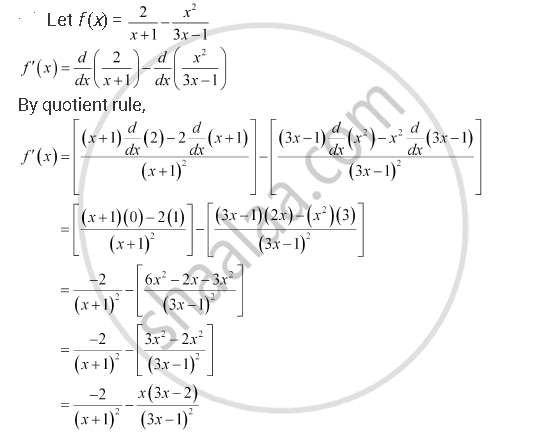



Find The Derivative Of 2 X 1 X 2 3x 1 Mathematics Shaalaa Com




For All Real Values Of X If X 2 3x 1 X 2 X 1 3 Limit
1) 2x 2y = 1 2) x/y > 1 I thought the answer choice is (E), but it is not correct as per GMATPrep software My reasoning was as follows Statement (1) can be simplified as x y = 1/2 This is NOT SUFFICIENT Statement (2) can be rewritten as x > y This is NOT SUFFICIENT Combining the above 2 statements and taking an example as shown belowThere will be three cases in all First we shall find the roots X=1 and x=2 are the roots First case is when x is less than 2 In this case all values will be negative so, (x1) (x2)=3 On solving this we get the value of x as x=2 Second case is when x is between 2 and 1Solve the following quadratic equations by factorization 2/(x 1) 3/2(x 2) = 23/5x;



Solved If F X 4x 2 3x 2 Evaluate F 1 State The Domain Of The Function F X X 3 X 1 Write The Equation Of The Line That Passes Th Course Hero



Solve The Equation 6 X2 1 X2 25 X 1 X 12 0 Studyrankersonline
How do you find the points of inflection of the curve #y=e^(x^2)#?Cos x \displaystyle \cos x cosx is all the real numbers, therefore the domain of f ( x) = sin x cos x \displaystyle f (x)=\sin x\cos x f (x) = sinxcosx is all the real numbers, too Now for finding the range of f \displaystyle f f, one should know the formula which is given belowAnswer to y = x 1/x 1 y = x^2 1/x^2 1 y = x 3/(2x 1)^2 y = 1/pi 2/x^2 1 y = x^2/(x^2 1)^2 y = (3x^2 2x 2) (




Ex 9 4 11 Find Particular Solution X3 X2 X 1 Dy Dx




Algebra Calculator Tutorial Mathpapa
The solution of the equation 2x 3 x 2 22x 24 = 0 when two of the roots are in the ratio 3 4, is The Solution Of The Equation X Plus 1 X Plus 4 X Plus 7x Plus 28 Equals 155 Is The solution set of (3 / 5) x = x x 2 9 isIs it because $(x'y)z=(x_12y_1, 3x_2y_2)(z_1, z_2)=(x_1,x Stack Exchange Network Stack Exchange network consists of 177 Q&A communities including Stack Overflow , the largest, most trusted online community for developers to learn, share their knowledge, and build their careersSimple and best practice solution for 3x(x1)(x2)=0 equation Check how easy it is, and learn it for the future Our solution is simple, and easy to understand, so



If 3x 1 2x 5 Then What Is The Value Of 8x 3 1 27x 3 Quora
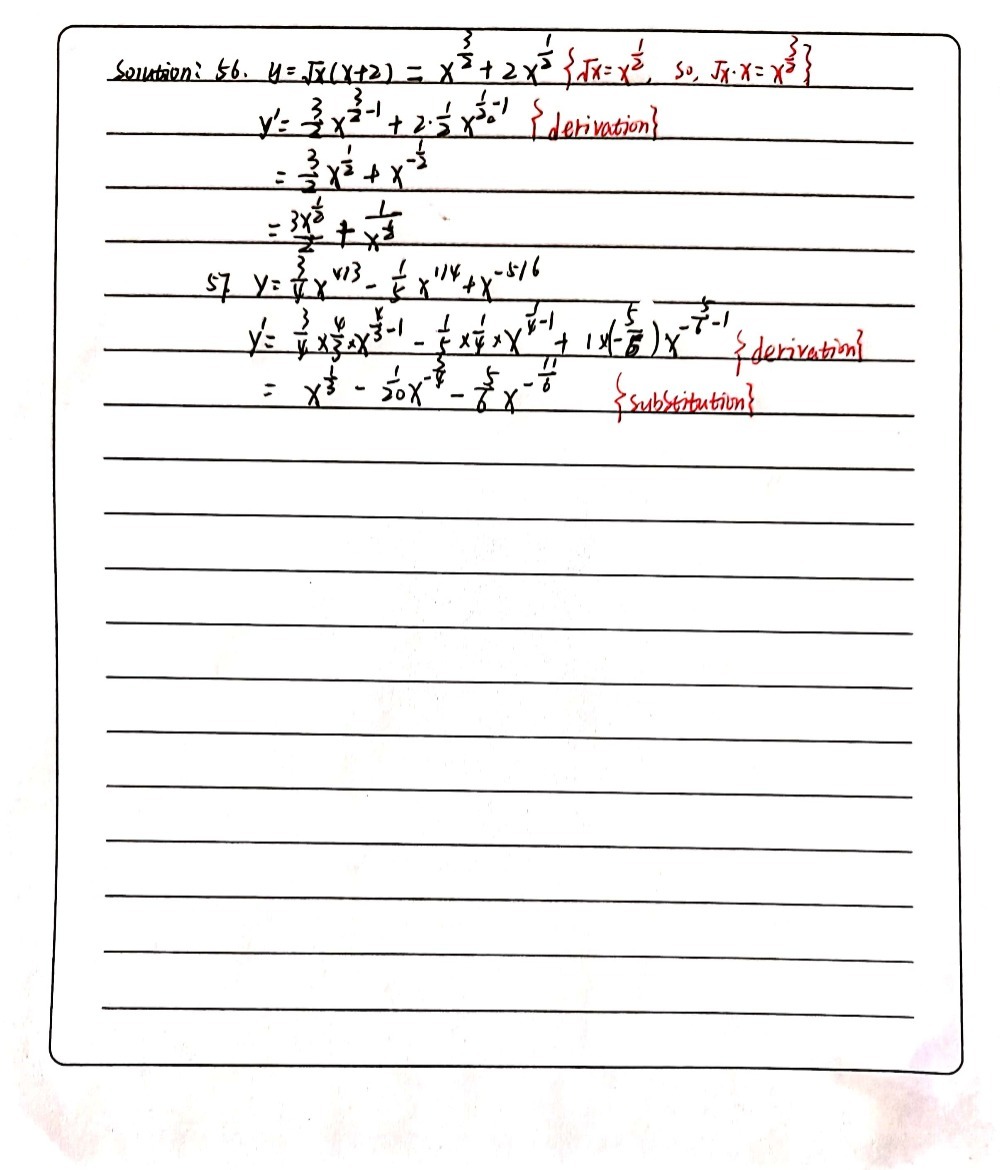



56 Find Y If Y Square Root Of Xx 2 0 A X 2x B Gauthmath
F (x_1, x_2) = 2x_1 3x_2 WolframAlpha Rocket science? Click here 👆 to get an answer to your question ️ Solve the Equation 1/2x 1/y = 1 1/x 1/2y = 8 vahidajunide vahidajunide Math Secondary School answered • expert verified Solve the Equation 1/2x 1/y = 1 1/x 1/2y = 8 2 See answersY = (x 1)(2x x^2)^1/2 arcsin(x1) First,let's deal with arcsin(x1) y = arcsin(x1) sin y = x 1 cos y dy/dx = 1 dy/dx = 1/cos y = 1/1 sin^2 y^1/2 = 1/1




If X 2 Y 2 Find Y When X 1 And Y 2 5 8 7 4 Chegg Com




Ipe Material Notes
The points (x,y,z) of the sphere x 2 y 2 z 2 = 1, satisfying the condition x = 05, are a circle y 2 z 2 = 075 of radius on the plane x = 05 The inequality y ≤ 075 holds on an arc The length of the arc is 5/6 of the length of the circle, which is why the conditional probability is equal to 5/6 Ex 75, 3 3𝑥 − 1 𝑥 − 1 𝑥 − 2 𝑥 − 3 We can write the integrand as 3𝑥 − 1 𝑥 − 1 𝑥 − 2 𝑥 − 3 = 𝐴 Lim (x1)/(x^23x2) X>1 Answered by a verified Tutor We use cookies to give you the best possible experience on our website By continuing to use this site you consent to the use of cookies on your device as described in our cookie policy unless you have disabled them




If Y X 2 3x 1 2x 2 3x 2 Where X Is Real The Value Of Y Lie
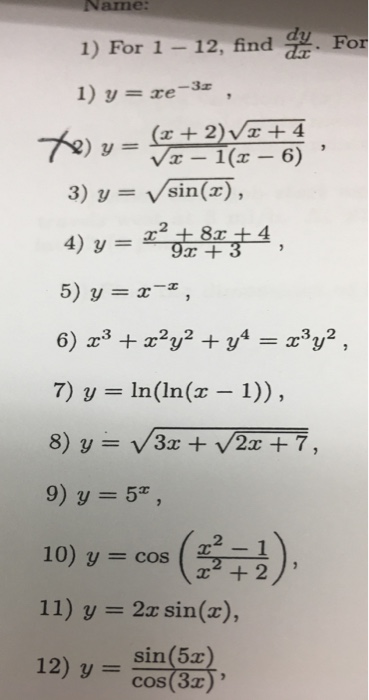



1 For 1 12 Find Dy Dx For 1 Y Xe 3x 2 Y Chegg Com
Sum of the Series 1 x/1 x^2/2 x^3/3 x^n/n This is a mathematical series program where a user must enter the number of terms up to which the sum of the series is to be found Following this, we also need the value of x, which forms the base of the series Transcript Ex 131, 12 Evaluate the Given limit lim┬(x→−2) (1/x 1/2)/(x 2) lim┬(x→−2) (1/x 1/2)/(x 2) At x = –2, the value of the given function takes the form 0/0To find Range of function y = 1x2x Range is given by 'R' Say f (x) = y y = 1x2x y(1x2)= x y yx2 −x = 0



If Y X 1 2 1 2x 2 3 2 3x 3 4 3 4x 4 5 Find Dy Dx Sarthaks Econnect Largest Online Education Community




Rd Sharma Solutions For Class 8 Chapter 9 Linear Equation In One Variable Download Free Pdf
Y=1/3x2;y=1/2x1 Simple and best practice solution for y=1/3x2;y=1/2x1 Check how easy it is, to solve this system of equations and learn it for the future Our solution is simple, and easy to understand, so don`t hesitate to use it as a solution of your homeworkGet stepbystep solutions from expert tutors as fast as 1530 minutes Your first 5 questions are on us!1 1 1 and − 2 2 − 2 3 Split − x x − x as the sum of x x x and − 2 x 2x − 2 x




Engineering Mathematics Notes




If Y Sin 1 X 1 X2 1 2 Show That 1 X2 D2y Dx2 3x Dy Dx Y 0 Explain In Great Detail Mathematics Topperlearning Com Wa3tv55
if x(1y)^1/2y(1x)^1/2=0 then prove that dy/dx =1/(1x)^2 Maths Continuity and DifferentiabilityView Answer 2) If \( \Large y_{1}\) and \( \Large y_{2}\) are two solutions of initial value problem \( \Large y''p(x)y'=0,y(x_{0})=y_{0}y'(x_{0})=y_{0}\) and Given 1/(x2)2/(x1)=6/x LHS (x1) 2(x2) / (x2) (x1) = (x 12x 4) /(x²3x2) = (3x5) /(x²3x2) Now the equation is (3x5) /(x²3x2) = 6 /x




If The System Of Equations 3x Y 1 2x 1 X K 1 Y 2x 1 Is Inconsistent Then K Brainly In



Cbse 10 Math Cbse Arithmetic Progression Ncert Solutions
x2 / x = 1 x2 = x xx2=0 02=0 2=0 undefined result for x means that any function of x is also undefined, including the one given here x^2 x 2/x^2 (1x) so the given value would be undefinedClick here👆to get an answer to your question ️ If y = (1 x)(1 x^2)(1 x^4)(1 x^2^n) , then dy/dx at x = 0 isWhat is difference between critical points




X 1 X 2 Dy 2x 2y Y Ax 3 Dx 0




X 1 2 Y 1 3 8 X 1 3 Y 1 2 9 Simultaneous Linear Equation Brainly In
(b) 2 x y dx ( y 2 x 2) dy = 0 Here, M = 2 x y, M y = 2x, N = y 2 x 2, and N x = 2 xNow, ( N x M y) / M = ( 2 x 2 x ) / ( 2 x y) = 2 / yThus, μ = exp ( ∫ 2 dy / y ) = y2 is an integrating factor The transformed equation is ( 2 x / y ) dx ( 1 x 2 y2) dy = 0 Let m = 2 x / y, and n = 1 x 2 y2Then, m y = 2 x y2 = n x, and the new differential equation is exactGet stepbystep solutions from expert tutors as fast as 1530 minutes Your first 5 questions are on us! clear the fractions by multiplying by the common denominator of (x2) (x1) and you have (x) (x1) (x1) (x2) = (x2) (x1) x^2 x x^2 3x 2 = x^2 x 2 3x^2 3x = 0 x (x1) = 0 x = 0,1 This one is ok, but you should always check for extraneous roots In this case that would be x = 1,2 since the original equation would be




The Value Of X If Y 1 2and 3x 4y Brainly In



Bruchgleichung X 1 X 1 2x 1 2x 3 Und 3x X 1 2x X 2 1 Mathelounge
Consider the form x 2 b x c x 2 b x c Find a pair of integers whose product is c c and whose sum is b b In this case, whose product is 2 2 and whose sum is − 3 3 Write the factored form using these integers To write x x−1 x x 1 as a fraction with a common denominator, multiply by x−2 x−2 x 2 x 2




Ex 6 1 16 Solve 2x 1 3 3x 2 4 2 X 5




If 1 1 X 1 2x 1 3x A 1 X B 1 2x C 1 3x




If Y Cos 1 1 X 1 X Then Find Dy Dx Youtube



How To Calculate 1 2x 3x 2 4x 3 Quora



If Y Cos 1 2x 3 1 X 2 13 Then Find Dy Dx Sarthaks Econnect Largest Online Education Community




Find The Derivatives W R T X Y 1 X 1 2x 1 3x 2



How Do I Solve The Following Differential Equation Math X 1 X 2 Dy Over Dx 2x 2 1 Y X 3 Math Quora




Ex 5 3 14 Find Dy Dx In Y Sin 1 2x Root 1 X2 Cbse



If Y Cos 1 2x 3 1 X 2 13 Then Find Dy Dx Sarthaks Econnect Largest Online Education Community




32 Simplify A X 3 X 4 B 3 2x 4 X C 1 2x 1 3x Chegg Com




If Y Log X 2 X 1 X 2 X 1 2 Sqrt 3 T A N 1 Sqrt 3 X 1 X




Ex 9 4 11 Find Particular Solution X3 X2 X 1 Dy Dx




Ex 5 3 9 Find Dy Dx In Y Sin 1 2x 1 2x2 Chapter 5



5 Derivative Of The Logarithmic Function




The Polynomial P X X 4 2x 3 3x 2 Ax 3a 7 When Divided By X 1 Leaves The Remainder 19 Youtube
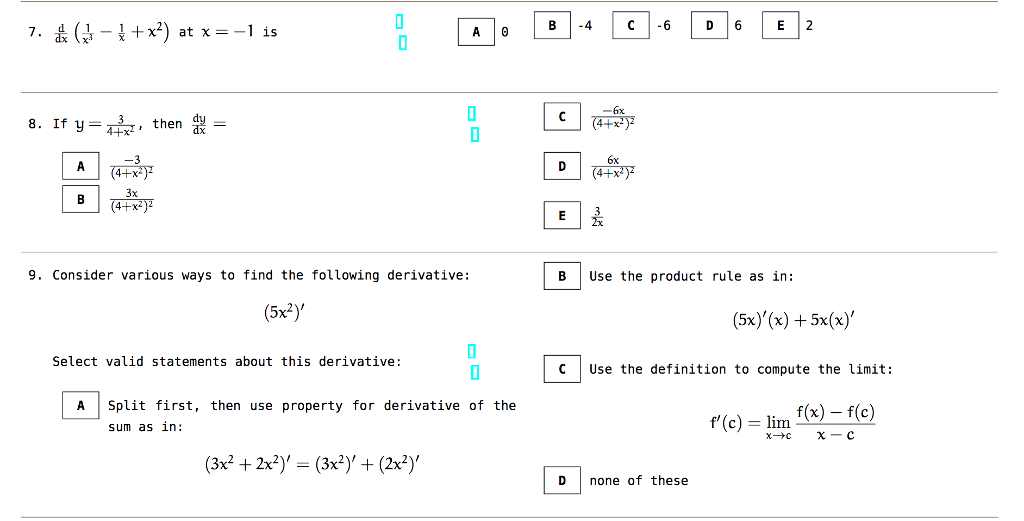



D Dx 1 X 3 1 X X 2 At X 1 Is 0 4 6 6 2 Chegg Com




Step By Step Solutions



If F X 1 X 2 3x 2 Then What Is The Value Of F X Quora



If 1 X 1 Y 1 Z 1 Show That The Minimum Value Of The Function A 3x 2 B 3y 2 C 3z 2 Is A B C 3 Sarthaks Econnect Largest Online Education Community




Factoring Factorization Numbers




Exercise 3 2 Application Of Integration In Economics And Commerce Problem Questions With Answer Solution




Y Xy 3 1 X 2 1 2 Y 0 1 Harushley
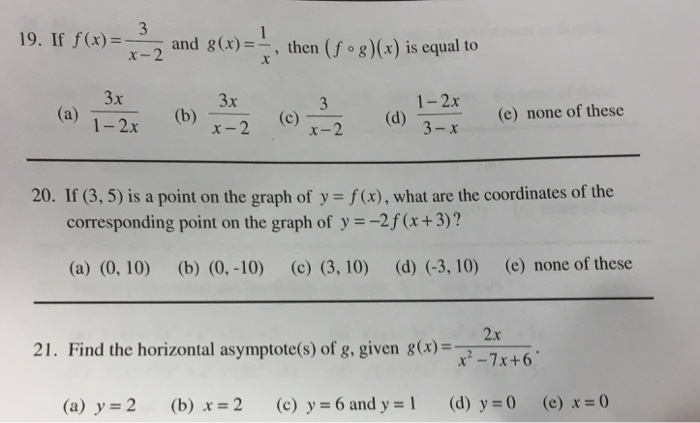



If F X 3 X 2 And G X 1 X Then F Chegg Com




R D Sharma Solutions Class 10th Ch 3 Pair Of Linear Equations In Two Variables Exercise 3 3



If F X 1 X 2 3x 2 Then What Is The Value Of F X Quora



1




2x X 3 1 2x 3 3x 9 X 3 2x 3 0 Brainly In




Engineering Mathematics Notes




Non Calculator Tests Fourth Year Non Calculator Tests Click On A Number In The Table Ppt Download



Differentiate The Following With Respect To X Sin 1 2 X 1 3 X 1 36 X Sarthaks Econnect Largest Online Education Community




If Y 1 X 1 X 2 2 X 3 3 Then Dy Dx A




Worked Example Implicit Differentiation Video Khan Academy
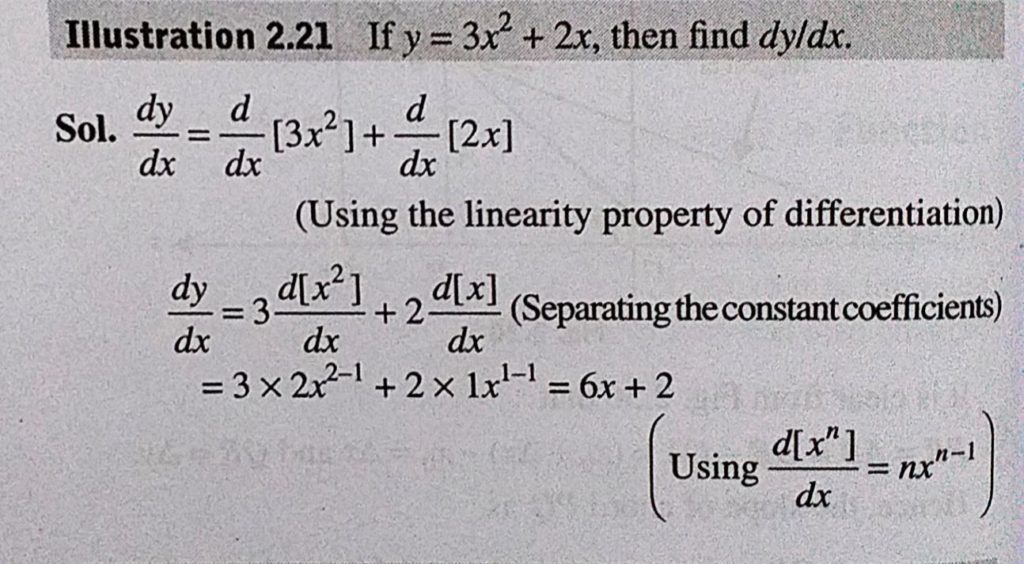



If Y 3x 2 2x Then Find Dy Dx Sahay Lms
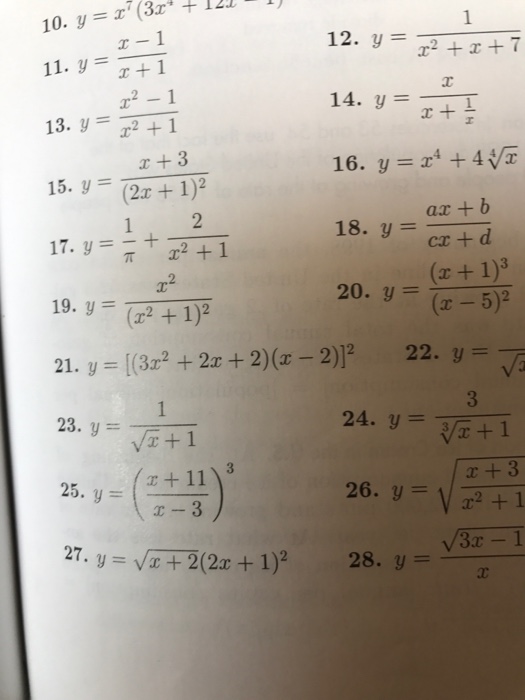



Y X 1 X 1 Y X 2 1 X 2 1 Y X 3 2x Chegg Com




Ex 5 3 15 Find Dy Dx In Y Sec 1 1 2x2 1 Chapter 5




If Y Tan 1x 2 Show That X 2 1 2y2 2x X 2 1 2



Q Tbn And9gcq9arl5ab K Kkztqdma6czzlslnfprp6ljv7o6a18 5qqda4yy Usqp Cau




Rd Sharma Solutions For Class 8 Chapter 9 Linear Equation In One Variable Download Free Pdf




If Y Log Sin X Find Dydx




Ex 5 3 10 Find Dy Dx In Y Tan 1 3x X3 1 3x2 Ex 5 3




Discontinuity Calculator Wolfram Alpha




If Y X X2 1 1 2 M Then Show That X2 1 D2y Dx2 X Dy Dx M2y 0 Mathematics Topperlearning Com 6jd9kell



Www Tau Ac Il Levant Ode Solution 6 Pdf



Efisd Net Common Pages Displayfile Aspx Itemid




Limit Of 1 2x 1 X As X Goes To 0 L Hospital S Rule Youtube




Final Exam Practice Problems For Calculus For Technology Ii Ma 220 Docsity




Differentiate Tan 1 1 X2 1 2 1 X Wrt Sin 1 2x 1 X2 Explain In Great Detail Mathematics Topperlearning Com Yx862gdd
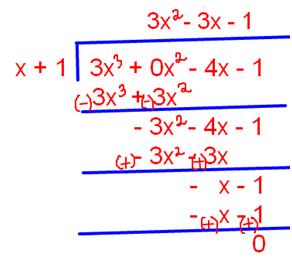



Free Math Answers Answers Within 24 Hours Step By Step Explanations



How To Find Dy Dx Of The Function Y X 1 X 2 X 1 2 Quora




Solve X 1 2x 1 2x 1 X 1 5 2 Youtube




If 1 2x 3x 2 10 A 0 A 1x A 2x 2 A x Then A A 1



Q Tbn And9gcqnye10zfu7n1e5psc 7oyuuimkr8sjknkcqpbj1hdnr3gsgvai Usqp Cau
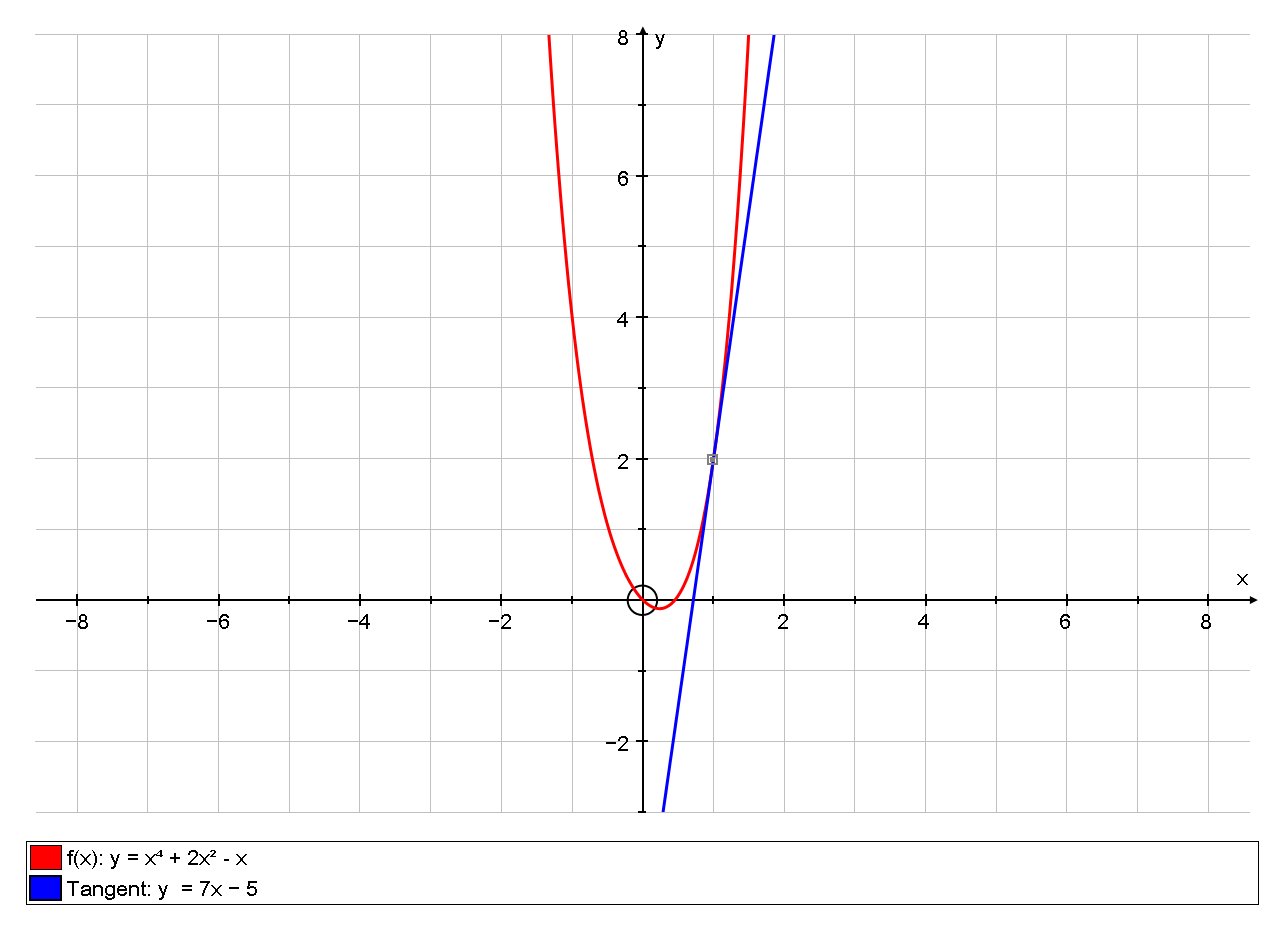



How Do You Find The Equation Of The Tangent Line To The Curve Y X 4 2x 2 X At 1 2 Socratic




If Y X X 1 X 2 Then Dy Dx Is Brainly In




If Y 1 2x 3x 2 4x 3 Where X 1 Then Dy Dx Is Equal To




Engineering Mathematics Notes



What Is The Solution To The Equation 1 2x 3 2 X 1 1 4 5 Quora




If Y 5x 1 X 2 1 3 Sin 2 2x 3 Find Dy Dx




Ex 3 6 1 I And Ii Solve 1 2x 1 3y 2 1 3x 1 2y




X 1 Y 2 Dx Y 1 X 2 Dy 0 Youtube




Solve For X 1 X 2 2x 3 1 X 2 X 0 3 2 2 Brainly In
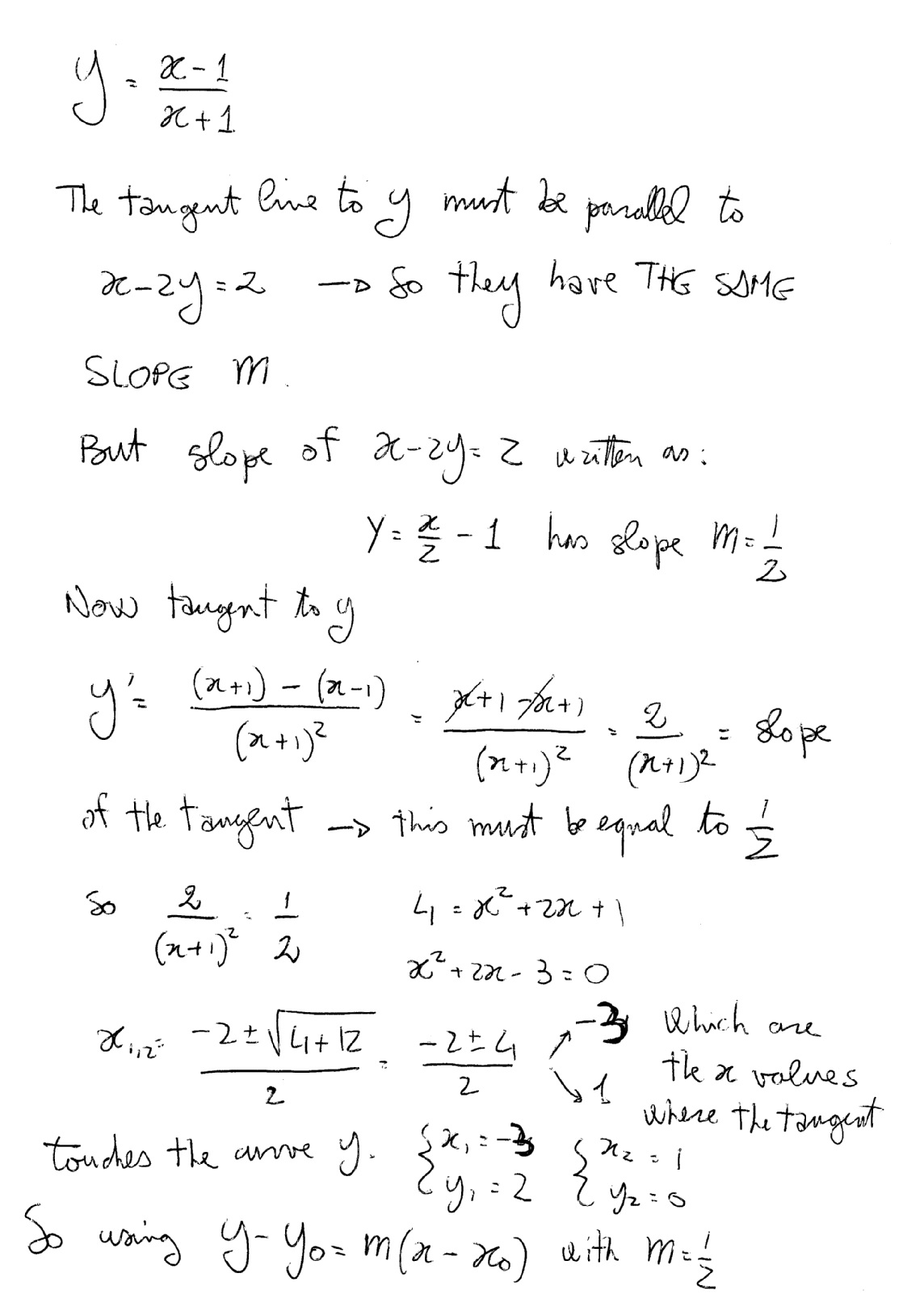



How Do You Find The Equations Of The Tangent Lines To The Curve Y X 1 X 1 That Are Parallel To The Line X 2y 2 Socratic
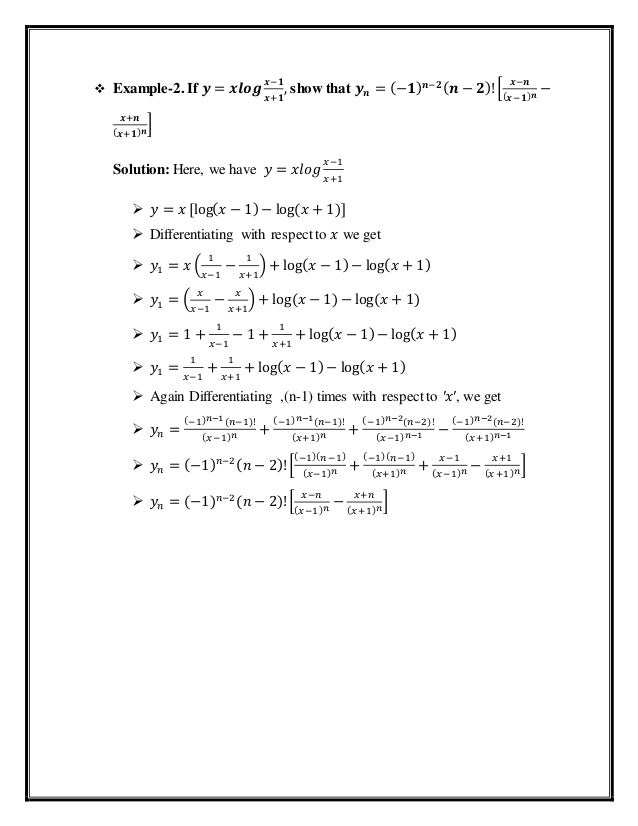



Bsc Computer Science Discrete Mathematics Unit I



Math Scene Equations Iii Lesson 3 Quadratic Equations



If 2x 3y 6 Z Then 1 X 1 Y 1 Z Is Equal To Polynomials Maths Class 10




Module 1 Polynomial Functions




Assignment 1 If Y Xsinx Find Dx Dy 2 If Y Chegg Com




If X 3 2x 2y 2 5x Y 5 0 And Y 1 1 Then A Y Prime 1 4




Ex 13 2 9 Find Derivative Of I 2x 3 4 Ii 5x 3 3x 1 X 1



Integrate 2x 1 X 1 X 2 X 3 Dx Studyrankersonline




Algebra Calculator Tutorial Mathpapa



What Is The Sum Of 1 2x 3x 2 Nx N 1 Quora



Systems Of Linear Equations




Indefinite Integral Of 1 X Antiderivative Of 1 X Video Khan Academy




The Solution Of Dy Dx 2x 1 X 2 Y 1 1 X 2 2




Example 7 Show That Tan 1 X Tan 1 2x 1 X2 Inverse



0 件のコメント:
コメントを投稿